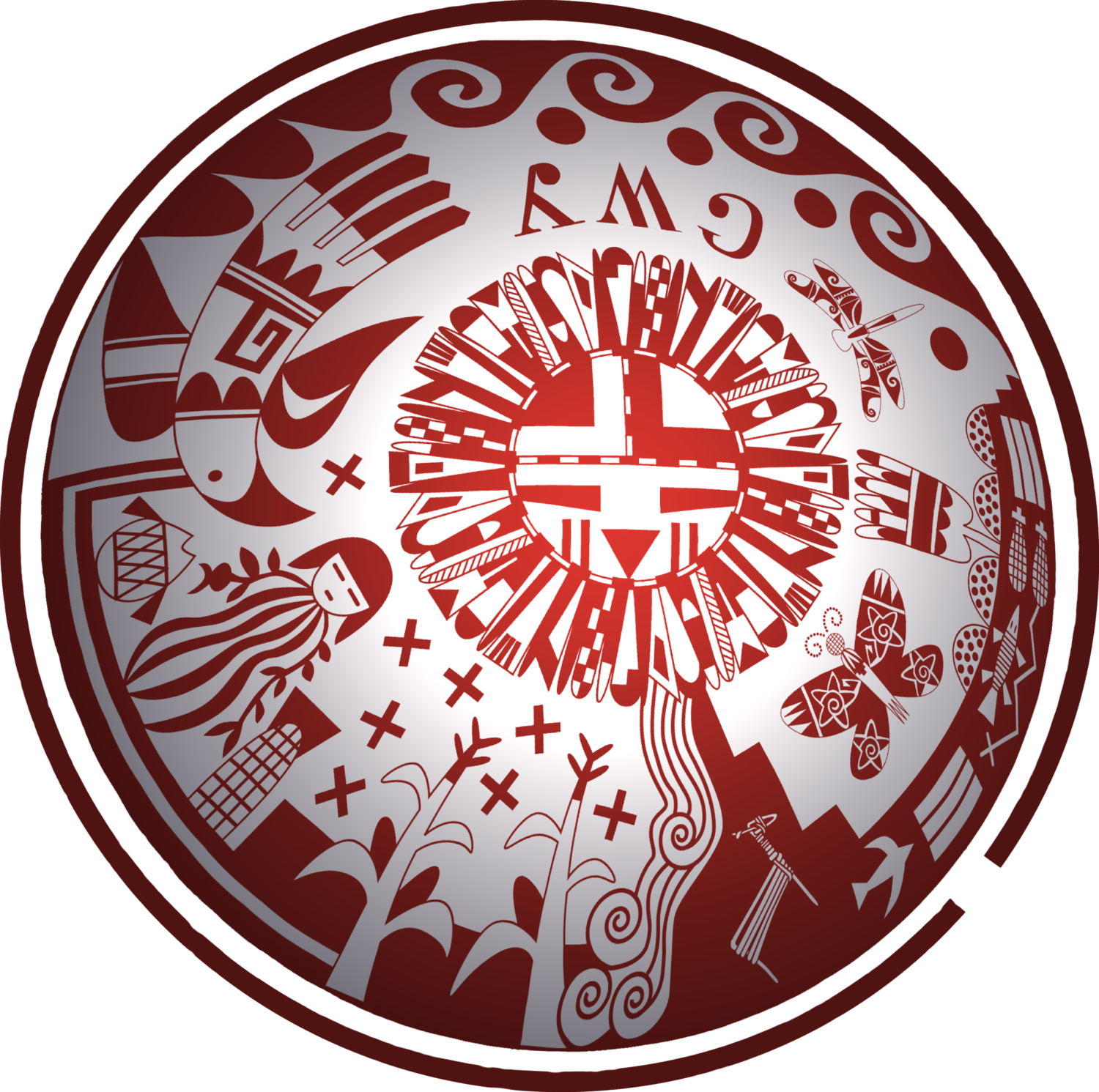 Image 1 of 2
Image 1 of 2

 Image 2 of 2
Image 2 of 2



Cherokee Syllabary
Gerald Dawavendewa (Hopi & Cherokee)
Sequoyah, or Sisiquaya in the Cherokee language, developed an alphabet that consists of eighty-five symbols representing a syllable sound. The syllabary font was later modified for a type set printing. By 1825 much of the bible and numerous hymns had been translated into Cherokee. In 1828, the first Native American newspaper, the Cherokee Phoenix, was published. Today, the Cherokee Syllabary is a thriving form of writing that continues to be a significant part of the Cherokee Nation.
Gerald Dawavendewa (Hopi & Cherokee)
Sequoyah, or Sisiquaya in the Cherokee language, developed an alphabet that consists of eighty-five symbols representing a syllable sound. The syllabary font was later modified for a type set printing. By 1825 much of the bible and numerous hymns had been translated into Cherokee. In 1828, the first Native American newspaper, the Cherokee Phoenix, was published. Today, the Cherokee Syllabary is a thriving form of writing that continues to be a significant part of the Cherokee Nation.
Gerald Dawavendewa (Hopi & Cherokee)
Sequoyah, or Sisiquaya in the Cherokee language, developed an alphabet that consists of eighty-five symbols representing a syllable sound. The syllabary font was later modified for a type set printing. By 1825 much of the bible and numerous hymns had been translated into Cherokee. In 1828, the first Native American newspaper, the Cherokee Phoenix, was published. Today, the Cherokee Syllabary is a thriving form of writing that continues to be a significant part of the Cherokee Nation.
• Bevel cut Matted print measures 11 by 14 inches (27.9 by 35.5 cm) with backing board.
• Printed on quality acid-free photo paper using smudge, fade, and water-resistant ink.
• Includes a description, a biography of the artist, and information on the indigenous culture artwork represents.
• Packaged in a clear resealable envelope.
• Print will fit in a standard frame. Framed print photo shows the display possibilities; frame not included.
